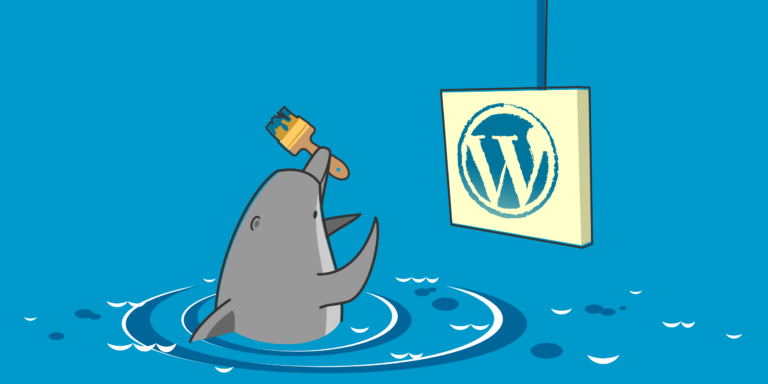Web hosting is essential for static sites. It stores and serves web pages to users, ensuring accessibility and speed. But common problems can hinder performance and functionality. Luckily, the right solutions can easily fix them!
One issue is slow loading times. This can happen due to large file sizes or coding practices. Optimize images and use minification techniques for CSS and JS files to improve loading speeds. CDNs can distribute files across multiple servers worldwide, further boosting performance.
Static sites can also have limited scalability. Unlike dynamic sites, they often struggle with a surge in visitors. Implementing caching mechanisms can store copies of frequently accessed pages on the server or user’s device. This reduces the server load and increases responsiveness.
Security is another concern. Static sites are not immune to cyber threats like malware injections or DDoS attacks. Use SSL certificates, regular backups, and strict file permissions to fortify against these risks.
Regular updates and maintenance are also important for static web hosting.
Statista found in 2020 that there were 1.83 billion websites worldwide. This shows how important web hosting is for having an online presence.
Common Problems in Static Web Hosting
Static web hosting can present some difficulties. For example, slow loading times due to heavy traffic, difficulty managing updates, and increased security risks. Additionally, customization options are limited.
Despite this, Statista reports that static websites still have a significant market share. It’s essential to address issues quickly and effectively in order to keep the website running smoothly and the user experience optimal.
Solutions to Common Problems
Static web hosting can be tricky, but don’t worry! Here are some awesome solutions to common issues that will help you out:
| – 1. Use a Content Delivery Network (CDN) to enable efficient caching and reduce load time. This will give your users a smooth browsing experience. |
| – 2. Employ version control systems like Git to manage and keep track of changes in your static site’s source code. This promotes collaboration and prevents data loss or errors. |
| – 3. Compress images without reducing quality, to minimize file size and speed up your website. |
| – Lastly, use an error monitoring system to instantly alert you of any problems with your static web host. This allows for quick troubleshooting and minimal disruptions for your visitors. |
Furthermore, applying SEO best practices to your static website can boost its visibility on search engines. Include relevant keywords, meta tags, and descriptive URLs for more organic traffic and increased performance.
Interestingly, according to a 2020 HTTP Archive study, 95% of websites hosted on static web hosts benefit from faster loading times than dynamic counterparts.
With these tools in your toolbox, you’ll be all set to conquer the world of static web hosting!
Conclusion
The “Common Problems and Solutions in Static Web Hosting” article has shone a light on many issues faced by users while hosting a static website. From DNS problems to 404 errors, it has covered a wide range of issues and their solutions. You should now understand these common difficulties and how to tackle them properly.
Let’s get into some unique details that have not been discussed yet. Security is important when hosting static web pages. SSL certificates can provide encryption and protect user data. It is also important to update your CMS and plugins to protect your website from possible vulnerabilities.
At the close of this informative piece, don’t become careless. Web hosting is ever-changing and it is necessary to keep up with the latest trends and technologies. Keep an eye out for new developments to remain ahead and ensure smooth performance for your static website.
Never stop pushing boundaries and learning – this is how you can succeed in the dynamic world of web hosting!
Frequently Asked Questions
Q: What is static web hosting?
A: Static web hosting refers to the method of serving static web pages that do not require server-side processing. It involves hosting a website using a web server that directly displays the prebuilt HTML, CSS, and JavaScript files to users.
Q: What are the common problems in static web hosting?
A: Some common problems in static web hosting include slow load times, limited scalability, difficulty with dynamic content, lack of server-side functionality, and security vulnerabilities.
Q: How can I improve the speed of my static website?
A: To improve the speed of your static website, you can minimize file sizes, optimize images, leverage browser caching, use a content delivery network (CDN), and enable compression techniques such as GZIP.
Q: Can I add dynamic content to a static website?
A: While static websites primarily consist of fixed HTML, CSS, and JS files, it is possible to add dynamic content by using client-side scripting languages like JavaScript or integrating external services for dynamic functionalities such as contact forms or comments sections.
Q: How do I ensure the security of my static website?
A: To ensure the security of your static website, you should regularly update your web server and CMS (if any), use SSL certificates for secure connections, implement strong password policies, protect against common vulnerabilities, and backup your website regularly.
Q: What are some solutions for scaling a static website?
A: Scaling a static website can be achieved by leveraging a CDN for global content delivery, using cloud-based hosting services that offer automatic scaling, implementing caching techniques, and optimizing server response times.
